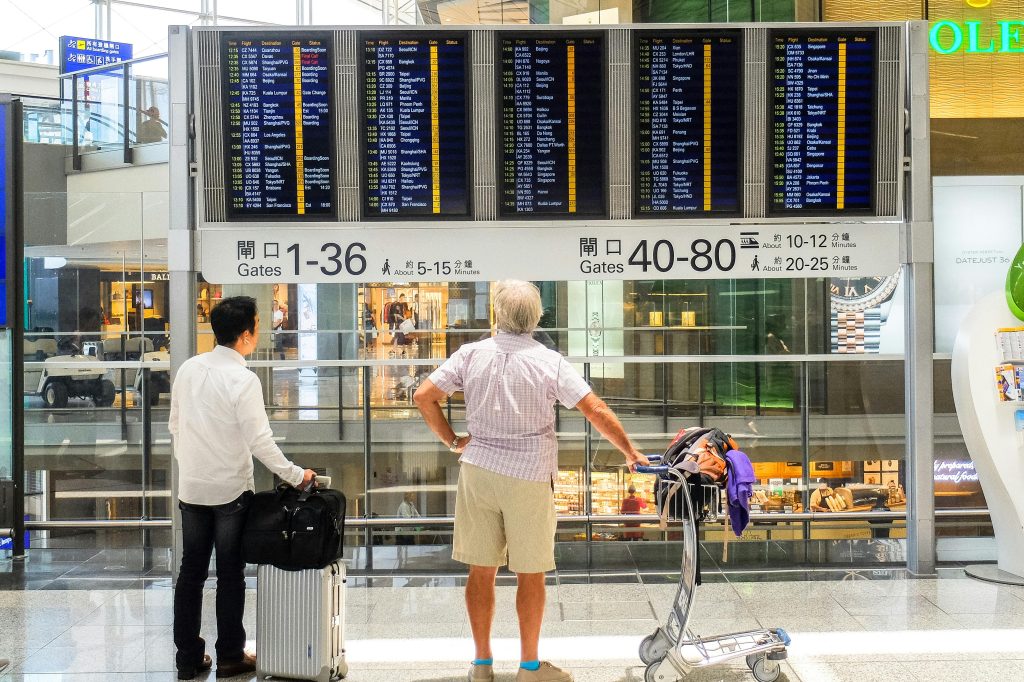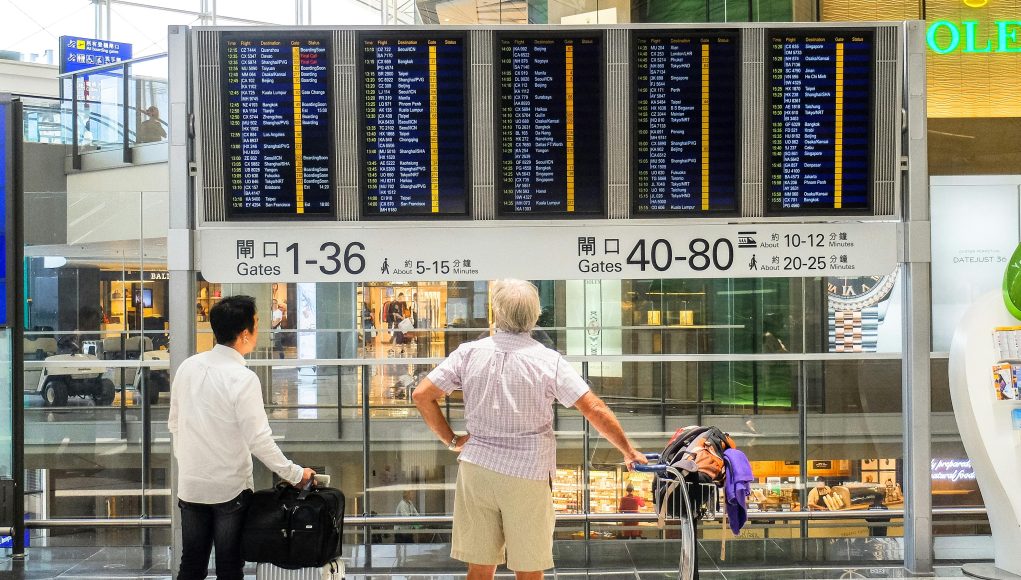
(Singapore, 22.09.2025)In a rare and dramatic move, Hong Kong International Airport is on the verge of a historic 36-hour shutdown, a decision poised to disrupt travel for tens of thousands of passengers and ground the city’s vital aviation hub.
The drastic measure is a direct response to the imminent threat of Super Typhoon Ragasa, an immense and powerful storm that has intensified rapidly and is now on a collision course with the densely populated metropolis. According to a Bloomberg report, officials are planning to ground all passenger flights from as early as 6 p.m. on Tuesday until 6 a.m. on Thursday. This unprecedented 36-hour shutdown, the longest in the airport’s recent history, is a clear signal of the extreme caution being taken by authorities.
The Hong Kong Observatory is expected to hoist its first precautionary signal for the storm around noon on Monday, signaling the beginning of a city-wide effort to brace for impact.
The decision to close the airport is a serious one, considering its scale. This global hub handled an average of 1,100 flights and 190,000 passengers every day, and a total of 58 million travelers in the 12 months leading up to August. A 36-hour shutdown represents a monumental logistical challenge and a significant economic blow, but officials believe it is a necessary step to ensure the safety of the city’s 7.5 million residents and a vast number of international travelers.
This preemptive action is a lesson learned from past storms. In October 2023, Typhoon Koinu caught authorities off guard, leaving more than 10,000 travelers stranded overnight in a chaotic scene. By taking decisive action now, officials are aiming to avoid a repeat of that fiasco, providing airlines and passengers with enough time to adjust their plans.
A Storm Named for Speed
Super Typhoon Ragasa, whose name is a Filipino word for “rapid” or “fast motion,” lives up to its name. It has quickly intensified into a super typhoon, packing sustained winds of 143 miles per hour (230 kilometers per hour) near its core, a force equivalent to a Category 4 hurricane. Its current trajectory places it approximately 1,100 kilometers southeast of Hong Kong in the Luzon Strait. The storm is expected to swipe past Hong Kong before making landfall over Guangdong province, China, sometime on Wednesday.
Its rapid approach has already caused widespread disruption in the Philippines, where government work and classes in metropolitan Manila and nearly 30 provinces were suspended on Monday due to forecasts of heavy rain.
Impact on Flights and Travelers
For airlines and travelers, the coming days will be a test of flexibility and patience. Cathay Pacific Airways, which accounts for a substantial 45% of flights in and out of Hong Kong International Airport, faces an outsized impact. The airline has already announced on its website that it is waiving ticket change fees, a move to allow travelers to rearrange their trips more easily. Other local airlines have followed suit, waiving penalties for travel between September 23 and 25.
Beyond the immediate disruption, aviation officials are also taking steps to protect valuable assets. Aircraft not in use will be flown out of Hong Kong to avoid damage from debris and high winds. Airlines are working to reschedule long-haul flights to mitigate disruptions, while short-haul services leaving on Tuesday may not return immediately. A limited number of cargo flights could potentially resume late Wednesday, though no final decision has been made.
The ripple effect of the typhoon will be felt far beyond the airport. The city’s government is on high alert, with the Airport Authority Hong Kong stating that it is “closely monitoring developments” and has “commenced preparations for the typhoon, covering areas such as apron safety, flight operations, passenger care, ground transportation services between the airport and the city and staff rest areas.”
A City Braces Itself
As the city braces for one of its strongest storms in years, residents are being urged to take all necessary precautions. The Hong Kong Observatory will be issuing regular updates, and local authorities have advised people to secure any outdoor items, stock up on supplies, and stay indoors once the storm’s full force is felt.
The closure of one of the world’s busiest airports is a stark reminder of nature’s power and the growing risks from climate change. As the region braces for Super Typhoon Ragasa, the top priority is keeping everyone safe and limiting the disruption. For travelers, the advice is simple: stay informed, check with your airline, and be ready for major delays and changes. The next 36 hours won’t just be about intense weather; they’ll also show just how prepared and resilient Hong Kong’s aviation and emergency services can be.





































